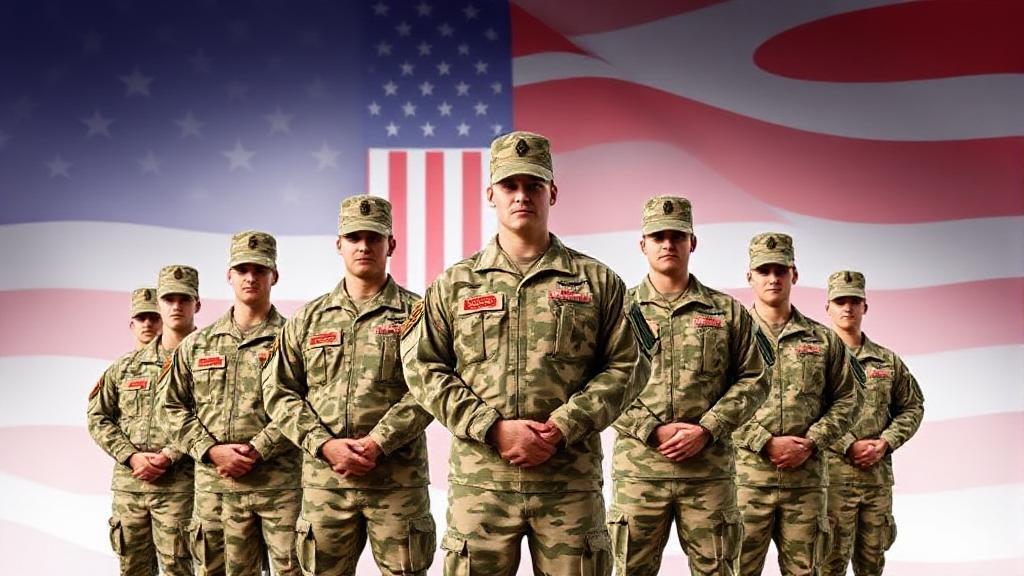Understanding the National Guard: Roles and Responsibilities
The National Guard is a unique and vital component of the United States military, serving both state and federal governments. Its dual mission allows it to respond to domestic emergencies, overseas combat missions, counterdrug efforts, reconstruction missions, and more.
Dual Mission Structure
State Role
The National Guard's primary responsibility at the state level involves responding to domestic emergencies and natural disasters. Each state, territory, and the District of Columbia has its own National Guard, typically under the governor's command. State responsibilities include:
- Disaster Response: Providing relief during hurricanes, floods, and earthquakes
- Civil Disturbance: Restoring order and protecting citizens during unrest
- Support to Law Enforcement: Assisting in counterdrug operations and border security
- Emergency Response Support
- Search and Rescue Operations
- Pandemic Response and Vaccination Efforts
Federal Role
When federalized by Presidential order, the National Guard serves under the President and can be deployed overseas. Federal responsibilities include:
- Supporting military operations overseas
- Participating in combat missions
- Conducting peacekeeping operations
- Providing homeland security
- Delivering humanitarian assistance
- Training and supporting active-duty forces
Key Components
Army National Guard
The Army National Guard, established in 1636, provides:
- Infantry and armor combat forces
- Engineering units and technical support
- Medical services and support
- Logistical support
Air National Guard
Established in 1947, the Air National Guard offers:
- Air defense and combat support
- Transport and logistics capabilities
- Cyber operations teams
- Air refueling squadrons
Training and Readiness
Guard members maintain military preparedness through:
Career Benefits
| Benefit Category | Examples |
|---|---|
| Education | GI Bill, tuition assistance |
| Professional | Military job training, leadership development |
| Financial | Part-time pay, retirement benefits |
| Medical | Healthcare coverage options |
Modern Challenges and Evolution
Cyber Defense
Units increasingly focus on protecting critical infrastructure and responding to cyber threats. The Guard maintains dedicated cyber security teams across multiple states.
Climate Response
As natural disasters become more frequent, the Guard has expanded its environmental response capabilities and equipment.
Interagency Cooperation
The National Guard works closely with various organizations:
- Federal Emergency Management Agency (FEMA)
- State emergency management agencies
- Local law enforcement
- Department of Homeland Security
- Active duty military components
Requirements to Serve
To join the National Guard, candidates must:
Be 17-35 years old, a U.S. citizen or legal permanent resident, have a high school diploma or equivalent, pass physical fitness standards, complete basic training, and meet moral and medical qualifications.
For more information on the National Guard and its roles and responsibilities, visit the National Guard Bureau's official website.
